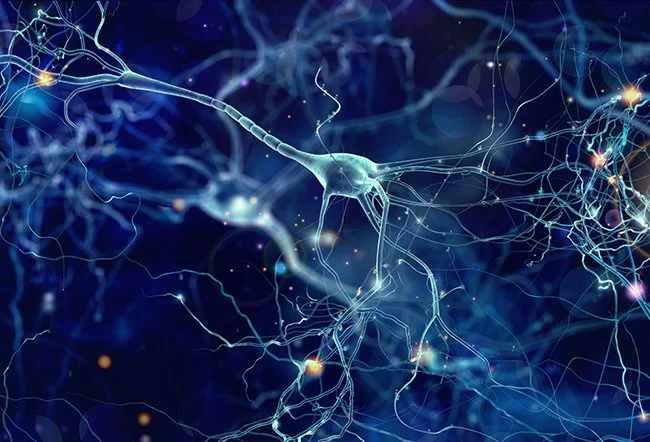Pins and Needles?
Why do I have tingling in my hands?
Hand numbness can be caused by damage, irritation, or compression of one of the nerves or a branch of one of the nerves in your arm and wrist.
Diseases affecting the peripheral nerves, such as diabetes, also can cause numbness, although with diabetes, similar symptoms usually occur first in your feet.
Uncommonly, numbness may be caused by problems in your brain or spinal cord, although in such cases arm or hand weakness or loss of function also occurs.
‘Pins and needles’ (paresthesia) is a sensation of uncomfortable tingling, prickling, itching or skin crawling, usually felt in the hands or feet. The affected area is sometimes said to have ‘fallen asleep’.
A common cause of pins and needles is leaning or lying awkwardly on an arm or leg, which either presses against the nerves or reduces the blood supply to the local area. Changing position usually quickly restores normal feeling as the nerves start sending messages to the brain and spinal cord again.
Symptoms of pins and needles
Common features of pins and needles include:
- prickling and tingling sensation
- numbness
- return of normal feeling a few minutes after changing position.
Hands, arms, legs and feet are the parts of the body most commonly affected.
Pressure-related pins and needles
The nerves of the body send information back to the brain and spinal cord. When a sensory nerve is pressed by being in a cramped or awkward position the messages are interrupted, which can cause pins and needles.
Once pressure is taken off the nerve, functioning resumes. An uncomfortable prickling sensation is caused by the restarting of pain messages from nerves to the brain. This usually resolves within minutes. An example of this is when you hit your elbow and feel a tingling sensation in your little finger.
Pinched nerves and pins and needles
Nerves can be compressed or ‘pinched’ by bones and other tissue. Some examples include:
Carpal tunnel syndrome – the main nerve that services the hand runs through a ring of wrist bones. Inflamed and swollen tendon membranes reduce the amount of room inside the wrist and irritate or compress the nerve. Symptoms include pins and needles, pain and weakness in the hand.
Cervical nerve root irritation – nerves in the neck exit the spinal cord via small holes between the vertebrae. These small holes can be narrowed by inflammation, injury or outgrowths of bone tissue (bone spurs). The nerves are irritated or compressed, causing pins and needles and, sometimes, referred pain into the arms
Sciatica – the legs and feet are serviced by the sciatic nerve, which starts between the vertebrae of the lower back. This nerve can be irritated or compressed due to problems in the lower back or pelvic or buttock area causing pins and needles, and sometimes pain, down the legs.
When to seek medical advice for pins and needles
The occasional bout of pins and needles is a harmless event. However, chronic pins and needles can be a warning of some other underlying disorder.
Always see your doctor if you experience frequent or persistent bouts of pins and needles.
Treatment for pins and needles
Treatment depends on the cause. For example, carpal tunnel syndrome may be treated with rest, splinting and medications such as anti-inflammatory and diuretic medications.
A compressed or irritated nerve may require treatment such as osteopathy, medication or (in some cases) surgery to ease the pressure and allow full nerve functioning to resume.



 Nerves transmit information between the brain and the rest of the body. Some information goes from the body up to the brain, like temperature on your skin, and some information goes the other way, like the brain causing muscles to contract in order to move.
Nerves transmit information between the brain and the rest of the body. Some information goes from the body up to the brain, like temperature on your skin, and some information goes the other way, like the brain causing muscles to contract in order to move. Manual therapy can also be utilised, helping to provide direct pain relief, relax muscles around the irritated nerve, and get the joints and pathways of the nerve moving well. Individually tailored exercises should also be used to increase strength and control, and gradually increase your exposure to movements that previously irritated the nerve.
Manual therapy can also be utilised, helping to provide direct pain relief, relax muscles around the irritated nerve, and get the joints and pathways of the nerve moving well. Individually tailored exercises should also be used to increase strength and control, and gradually increase your exposure to movements that previously irritated the nerve.